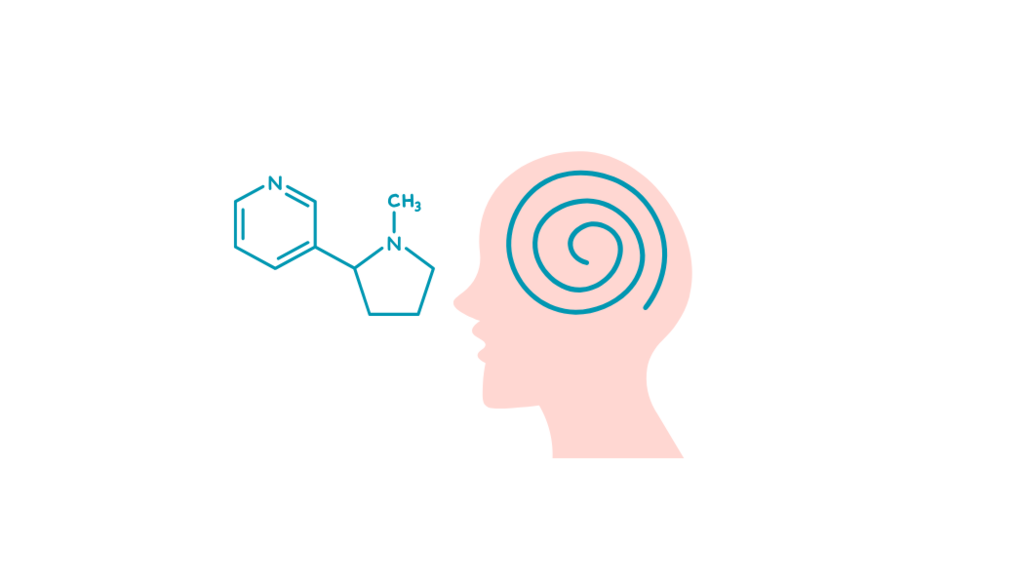
So, What Do I Do With All of This Information?
By: David Sherrell
I urge you to think critically – using all of your analytical skills, being your best Batman – about these and other things when it comes to promotional content in general, but most especially where it concerns vaping or other substance use.

The riskier a decision is, the more important it is to think it all the way through. When advertisers are trying to manipulate you into the willingness to use an addictive product? Well, speaking from personal experience, the decision to smoke was one of the ones I made most uncritically, and I’m not sure there was a more important or impactful decision I made between then and the choice twenty years later to propose to my now-wife in terms of how much my life changed because of what happened next. (My wife: very, very good for my health, happiness and quality of life. Smoking: very, very bad for all of the above.)
1. What is this person/ad trying to sell me?
2. Why, if it is a person, are they trying to sell it to me? What are they getting out of the agreement to do so?

3. What techniques are they using to sell it to me?
- Are they displaying the product in any provocative ways, for example using any particular lighting or camera angles?
- Are they associating the product with any attractive outcomes, like being cooler, more physically appealing, even physically or mentally healthier?
- Especially if the advertisement/influencer is suggesting the product will make you mentally and/or physically healthier: how can I verify or disprove that claim before making a decision?
- If so, how are they making that association? Is it by someone literally saying, “This is good for your health?
- This will make you prettier?” Is it by showing before and after images? Is it something more subtle, like a message hidden in careful wording? (One of my favorite product slogans of all time comes from Old Spice in the aughties: “We're not saying this body wash will make your man smell like a romantic millionaire jet fighter pilot, but we are insinuating it.”)
4. What is their explicit messaging? What are people actually saying in this content?


5. What is their implicit messaging? What is the spoken or printed content suggesting, without saying it directly?
6. How am I receiving this message?
This last one is more complicated than it sounds.
I do mean, what senses are you using to take in this message, but I also mean what other reactions are going on in your brain as it receives the message? If the image is particularly powerful in certain ways, it will trigger a noticeable reaction of some kind – an emotion, a charge of adrenaline, a jump-scare, a spit-take, a laugh. But there are subtler reactions to watch out for. Maybe you just pay a bit closer attention. Maybe you hover over that content longer than you would if it was less appealing in some way. If you’re someone particularly sensitive to subtle changes in your body (I’m not so if you are I’m jealous) you might notice increases in blood pressure, respiration, heart rate, just as if you were engaged in whatever activity the ad is trying to make you envision. Nike ads are particularly good at giving you the sensation of exercise when they
Now, pause and think about that.
Remember earlier, when I was talking about advertising
psychology and how advertisers know to manipulate you?

Did you realize at the time that I wasn’t just talking about manipulating your thoughts or feelings, your interests, but your literal pulse and heart rate? Is that scarier in some way? More devious? It’s probably a matter of opinion, but I’ve always found it so. The knowledge and ability to manipulate minds at this level should be a fictional superpower, not a learnable set of techniques. But since it is, I’m particularly grateful that there is a corresponding and much more easily learned set of techniques you can use to shine a light on the shadowy manipulation attempts of advertisers, and honored to be one of the people sharing some of those techniques with you.

Next time we’ll talk about the all-or-nothing language some adults use when talking about drugs, like “it’s everywhere,” and how the kind of messaging I discussed in these pieces can be used to shape your perception of what is normal in your world.
In the meantime, if you’re willing to share, I’m actually curious as to how much, if any, vaping related content is in your social media feeds, so if you’re willing, drop us a line at EmpowerED and let us know! What’s your main platform? How much of the ad content you see is related to vaping or another choice that you think of as risky? If you’ve asked yourself any of the questions above when you see such things, what did you come away with? I’m super curious!
